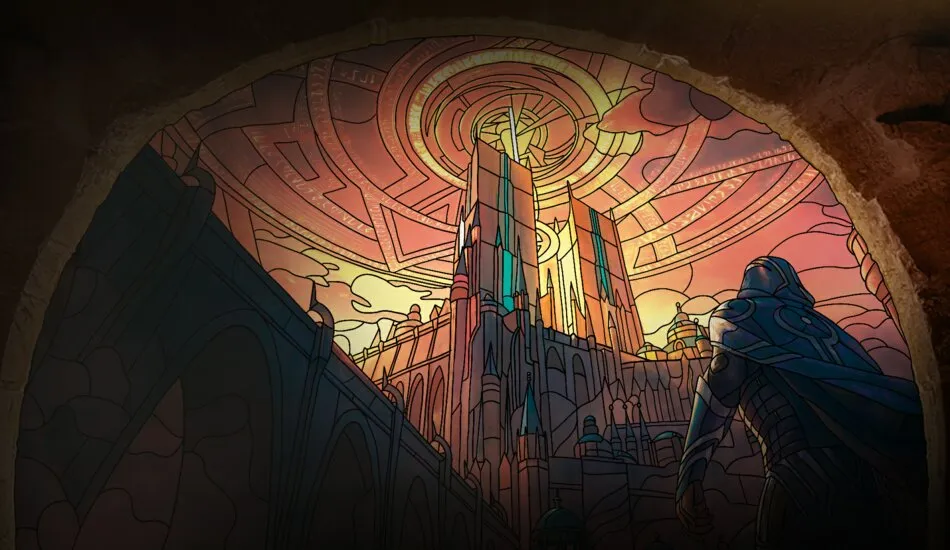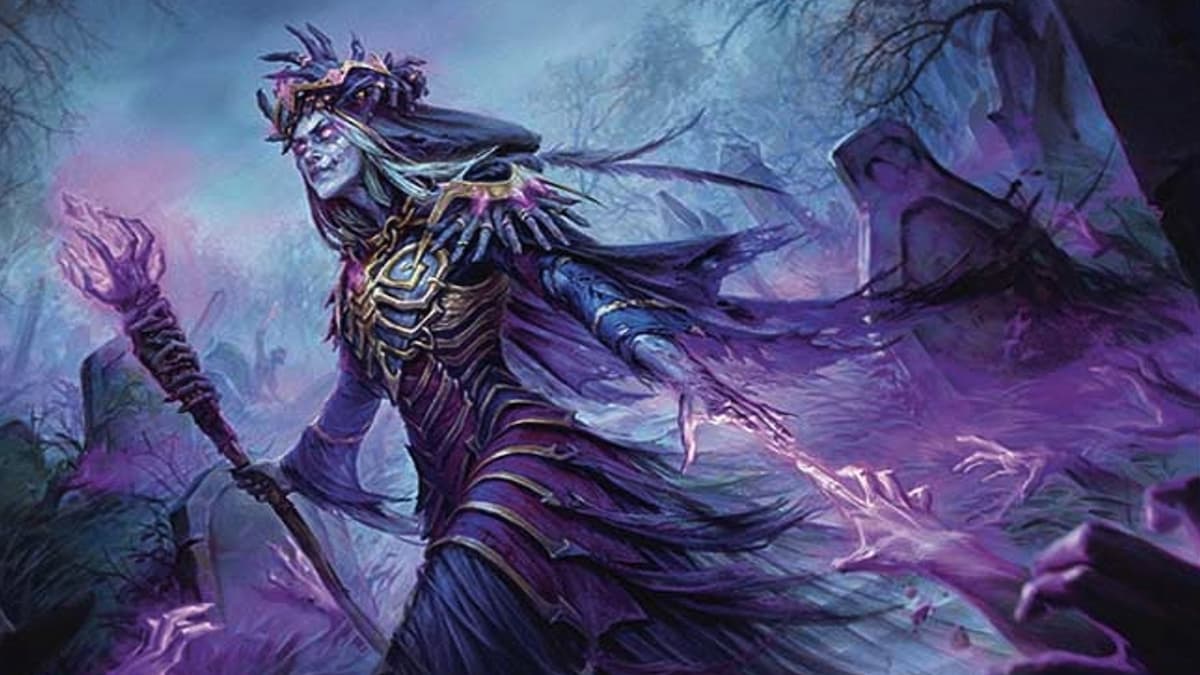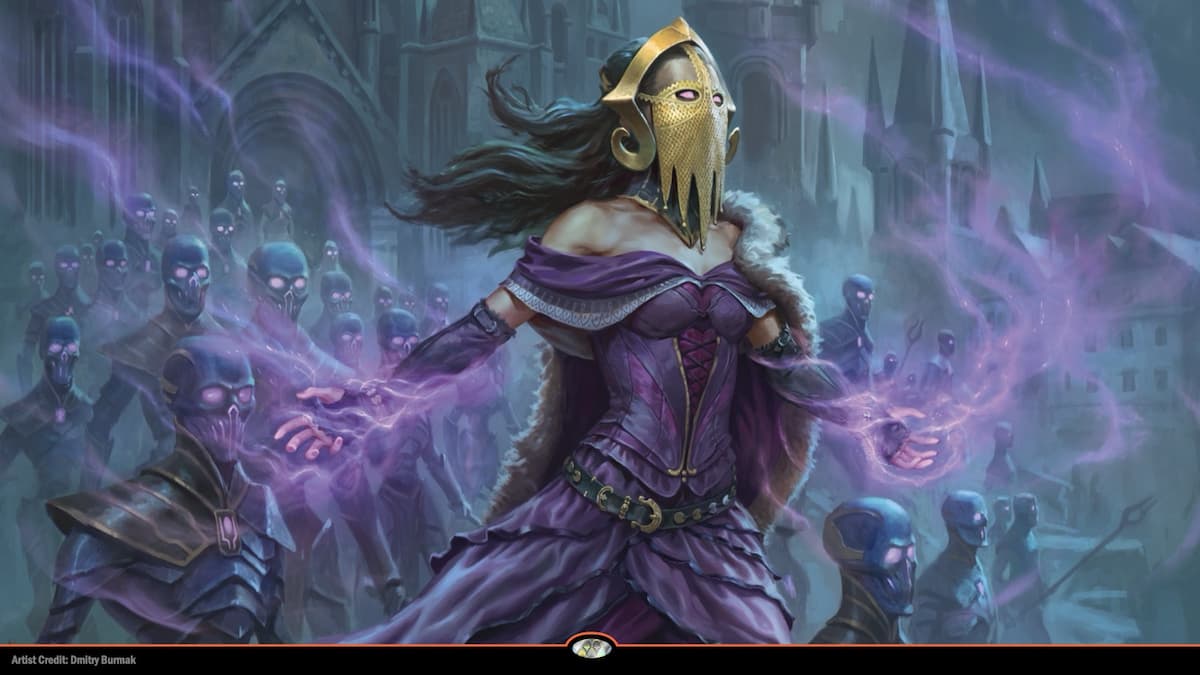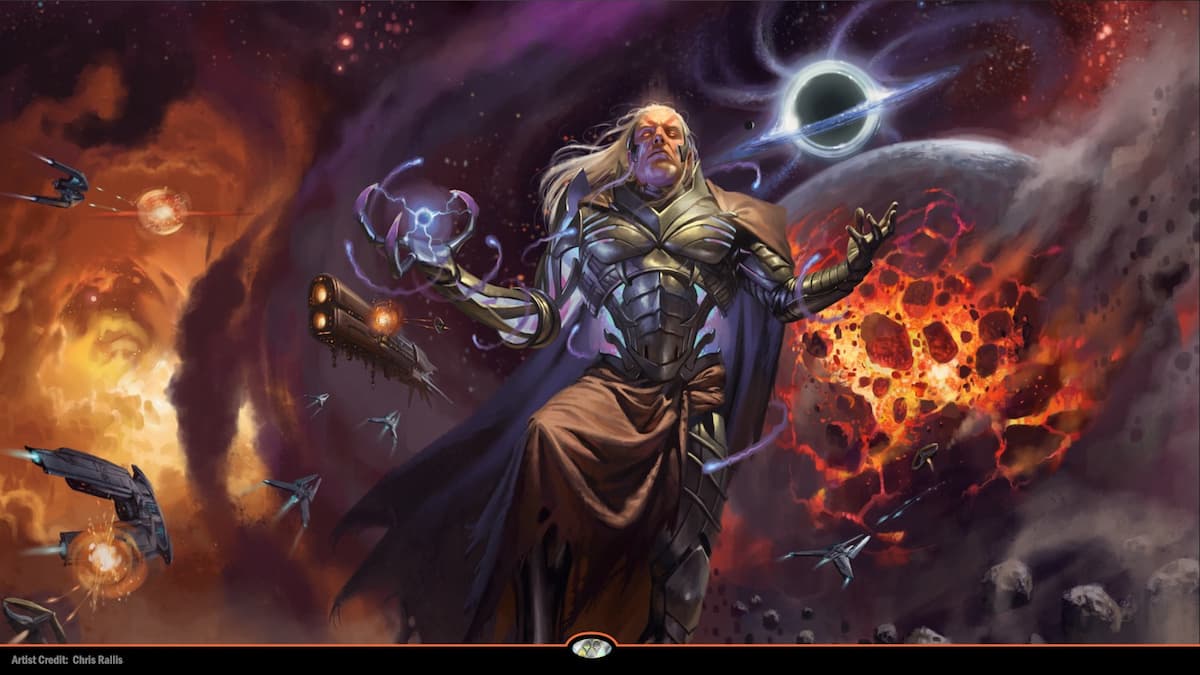The Omniscience draft is returning to MTG Arena for five days, this time within the Core Set 2020 set.
The Omniscience draft is an MTGA event every player should experience at least once. The format allows players to cast spells without a mana cost and it continues to grow in popularity with each new MTG set released in Standard.
The entry cost to play in the Omniscience draft is 750 gems or 5,000 gold coins. Players reap booster pack and gems rewards, even if they don’t get a single win. A player is allotted three losses before being booted from the event. But winning requires a draft strategy and a little luck.
Basic rules of Omniscience draft
The rules for Omniscience aren’t complicated. Just because the rules are simple, however, doesn’t mean it’s easy to win. Entry into the draft comes with three booster packs from the M20 set. Players pick cards as they would from any other Limited draft and create a minimum 40-card deck to play with.
A major difference between Standard Limited drafts and Omniscience is that players don’t need to add lands into their deck. This frees up around 14 to 18 slots within a deck.
Mana abilities on cards, however, still require a mana cost. If a card has text that says an additional mana cost must be paid, the mana cost isn’t waived by the Omniscience emblem. In order to compensate for mana abilities, players are given mana at the beginning of each upkeep that can be used for any color mana.
Beginning hands start with three cards as opposed to seven. Because of this, picking cards with “card draw” is extremely important—consider them to be the bombs of the draft. In addition, if a card has “X” for a mana value, the value is zero.
Omniscience drafting tips
The golden rule to winning a match in an Omniscience draft is to prioritize drafting cards that have “card draw” while maintaining a healthy balance between power and removal. The second rule is to have a proper opening hand.
Opening hands should consist of multiple cards that can be immediately played onto the battlefield. The icing on the cake is to have “card draw” from an opening hand, allowing a player to flood the board on turn one. Cards with haste can also make or break a match early on.
Drafting giant creatures and spells with card draw is important, but so is balancing, which is where counterspells and removal come into play. In addition, drafting cards that share a similar theme or work symbiotically with one another will give a player a necessary advantage. Color themes, however, don’t matter since there’s no casting cost in an Omniscience draft.
In comparison to Standard Limited drafts, bombs are “card draw” and burn. Secondary picks are counterspells and big creatures. The filler picks are cards with a symbiotic theme to boost your presence on the battlefield.
M20 cards to draft with “card draw”
Card draw is the pendulum that can determine a win or loss in an Omniscience draft. Drafting as many of these as possible is important, but some M20 cards are much better than others.
M20 spells with straight-up card draw to watch for include:
- Winged Words
- Drawn from Dreams
- Bone to Ash
- Bladebrand
- Veil of Summer
- Angelic Gift
- Moldervine Reclamation
- Season of Growth
Creatures with card draw to draft include:
- Cavalier of Gales
- Agent of Treachery
- Faerie Miscreant
- Cloudkin Seer
- Silverback Shaman
M20 planeswalkers
Stacking big creatures on the battlefield first is a win-con for sure, but don’t underestimate the power of a decent planeswalker. Here are some M20 planeswalkers to keep an eye out for when drafting.
- Ajani, Strength of the Pride
- Ajani, Inspiring Leader
- Sorin, Imperious Bloodlord
- Chandra, Acolyte of Flame
- Chandra, Awakened Inferno
- Vivien, Arkbow Ranger
- Vivien, Nature’s Avenger
Symbiotic-themed cards
Drafting a theme, if possible, can give a player a necessary edge—especially if caught on the draw and not the play. Here are several themed cards that can tip a match toward victory. And remember, colors don’t matter in an Omniscience draft.
- Bishop of Wings (angels)
- Empyrean Eagle (flying)
- Yarok, the Desecrated (triggers)
- Pattern Matcher (search library)
- Master Splicer (golem)
Key M20 cards
Powerful creatures and key cards matter, too. If you’ve drafted a few bombs, keep an eye out for these cards to include in a deck.
- Meteor Golem
- Frost Lynx
- Dungeon Geists
- Murder
- Gruesome Scourger
- Cavalier of Night
- Chandra’s Outrage
- Reduce to Ashes
- Drakuseth, Maw of Flames
- Howling Giant
- Kaalia, Zenith Seeker
- Sephara, Sky’s Blade
The Omniscience draft is available on MTG Arena from Aug. 29 to Sept. 3.







Published: Aug 29, 2019 10:23 am